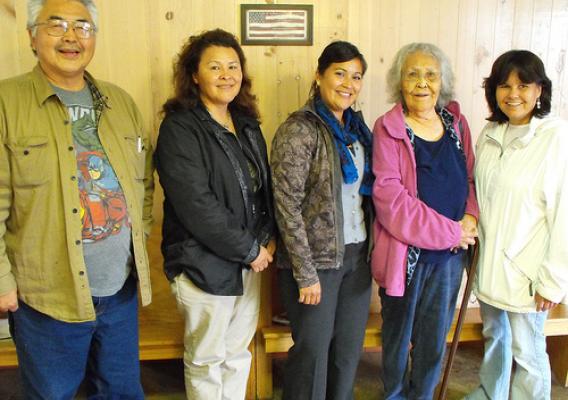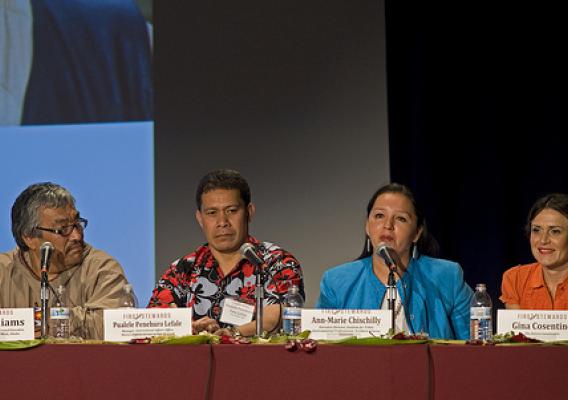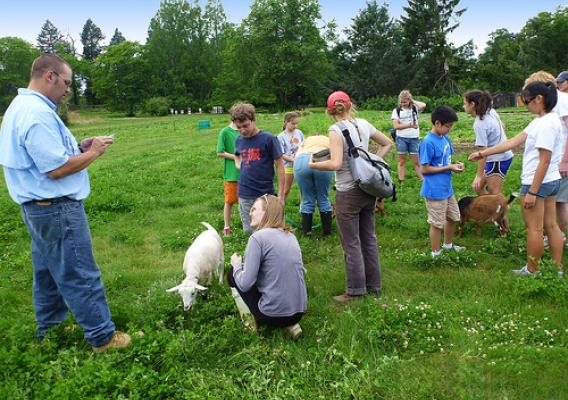Deacon Willie Moseley nurtures not only his church’s congregation, but also the 40 acres of forest that surround it. Antioch Baptist Church in Lauderdale County, Miss. has owned the land for almost a century, but the church has recently formed a new vision for caring for this forest.
Starting in the 1920s, trees on the church’s property were harvested periodically to help finance church projects, but a major harvest in the 1990s left nothing but stumps and idle land. Moseley wanted the church to benefit from the forest—sustainably managed forests can provide a steady income to their owners—and he turned to USDA’s Natural Resources Conservation Service (NRCS) for help.
Moseley had worked with NRCS on his own land, so when he recently was chosen to head the church’s Board of Trustees, he started talking to the other deacons about how NRCS provides financial assistance, expertise in planting trees and other help with stewardship of forests and other natural resources.









